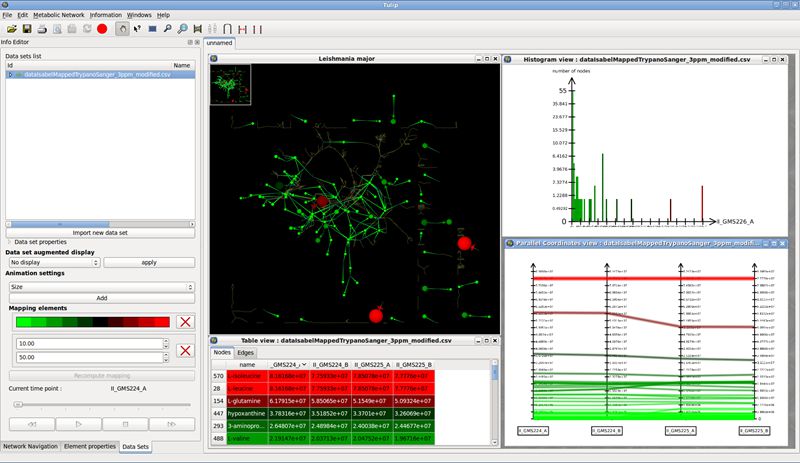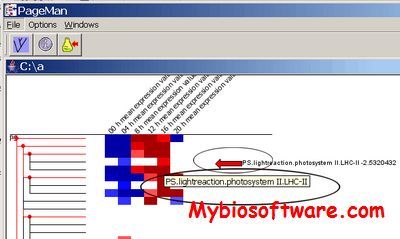Peakhood v0.3
:: DESCRIPTION
Peakhood is a tool that takes a set of CLIP-seq peak regions, and for each region individually extracts the most likely site context (transcript or genomic).
::DEVELOPER
Bioinformatics Group Albert-Ludwigs-University Freiburg
:: SCREENSHOTS
N/A
:: REQUIREMENTS
- Linux
- Conda
:: DOWNLOAD
:: MORE INFORMATION
Citation
Uhl M, Rabsch D, Eggenhofer F, Backofen R.
Peakhood: individual site context extraction for CLIP-seq peak regions.
Bioinformatics. 2021 Nov 4:btab755. doi: 10.1093/bioinformatics/btab755. Epub ahead of print. PMID: 34734974.



